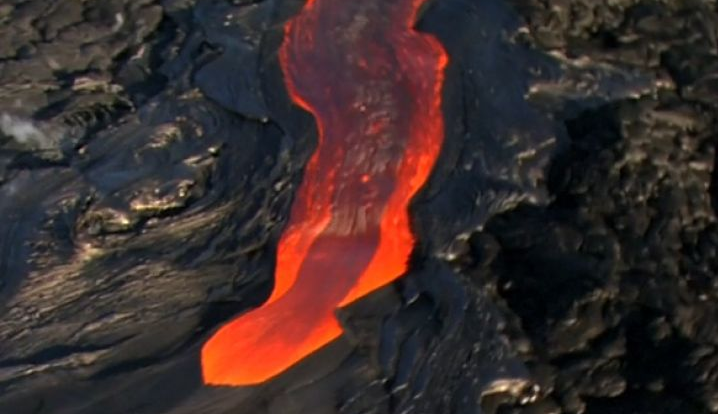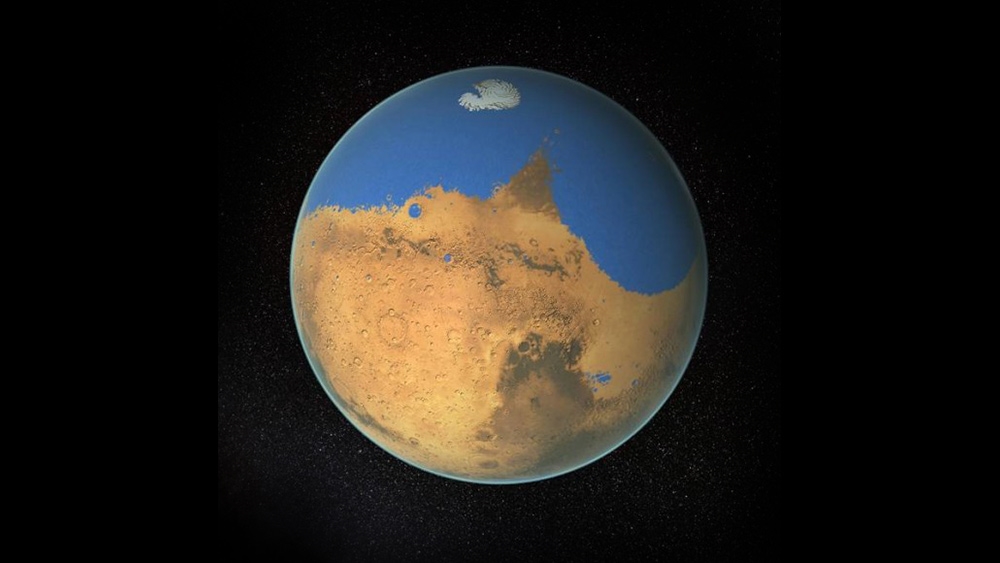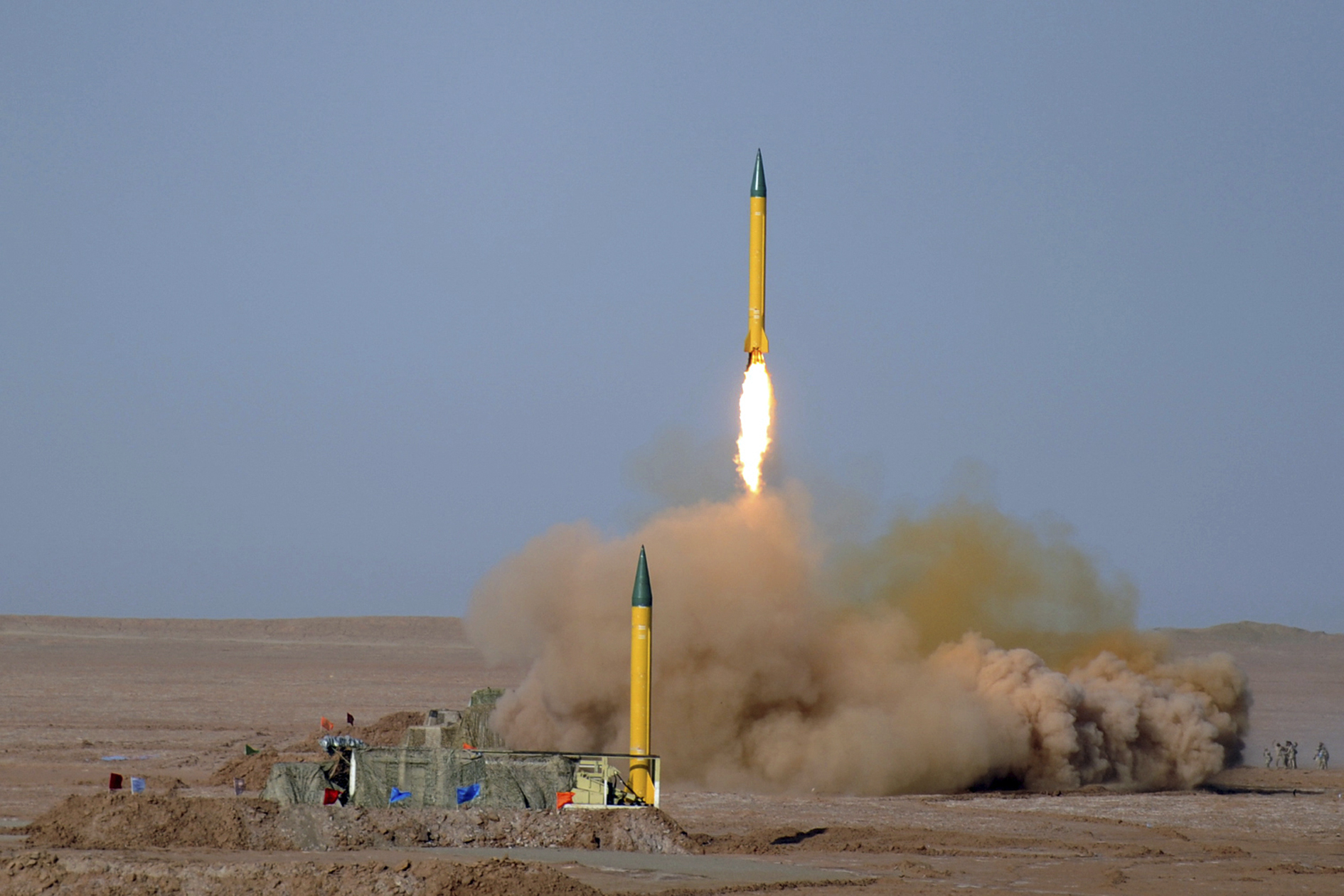
How the belt of igneous rocks possibly formed
The researchers were able to piece together a theory for how the belt of rock formed after looking into its history. After analyzing data on the belt, they found that the rocks formed roughly 80 to 50 million years ago, around the same time as the mountain-building event known as the Laramide orogeny. Named after the Laramie Range in Wyoming, this event created most of the major mountain ranges in the state, as well as in Montana and Colorado. It occurred around 70 to 40 million years ago during a period when the ancient Farallon Plate was rapidly sinking beneath the North American Plate. The Laramide orogeny was highly unusual in that the mountain ranges created during this period were so far inland from the subduction zone that marked the boundary between the two plates. In fact, they were much farther than was usually the case for mountains built inland from subduction zones. (Related: Mantle mystery: Geologists don't know what to make of two continent-sized mountains found beneath the Earth's crust.) Though the Laramie Range did not contain the same igneous rocks found in the belt, the overlap in time led Chapman and his colleagues to suspect that the tectonic processes that created the mountain ranges also contributed to the melting of Earth's crust beneath the belt. With this in mind, the researchers formulated several working hypothesis about what caused the rocks to melt. One they came up with was that water had seeped into the inner crust. Jesse Shields, a doctoral student at UW and one of the study's researchers, explained that the igneous rocks' geochemistry indicated that the rocks melted at relatively low temperatures of below 1,472 degrees. "That is still very hot, but not hot enough to produce very large volumes of magma," he said. "Water lowers the melting point of rocks, similar to how salt lowers the melting point of ice, and could increase the amount of magma generated." Overall, the study has implications for what causes rocks to melt and where specific types of magmas are found. The study, in turn, could be valuable for mining because many of the so-called igneous provinces in the study area are rich in ore deposits, said co-author Simone Runyon, an assistant professor of geology at UW. "Understanding the large-scale igneous processes that form these provinces helps us to better understand how ore deposits form and to better explore for natural resources," Runyon said. The researchers detailed their findings in a paper published online in the journal Earth-Science Reviews. For more studies about Earth and the fascinating processes that led to its current shape, visit Science.news. Sources include: StrangeSounds.org ScienceDirect.com USGS.gov Geoscience.WISC.eduAustralians are ingesting microplastics at home – study
By Divina Ramirez // Share
“Blue” sand dunes on Mars stun in NASA photo
By Virgilio Marin // Share
Both China and USA engaged in weaponized bioweapons research
By Ethan Huff // Share
Dr. Richard Ebright says WHO members were “participants” in covid “disinformation” campaign
By Ethan Huff // Share
More than just ornamentals: Helani tulip extract is a natural remedy for mercuric chloride poisoning
By Evangelyn Rodriguez // Share
Pesticides are harming vital soil organisms, experts warn
By Divina Ramirez // Share
Iran conducts surprise missile drills amid rising tensions with Israel
By kevinhughes // Share
Kremlin denies reports of plans to "restore Soviet influence"
By bellecarter // Share
How AI news bots are quietly reshaping public opinion
By avagrace // Share
The Unshackled Physician: A surgeon's awakening to medical tyranny
By ramontomeydw // Share











